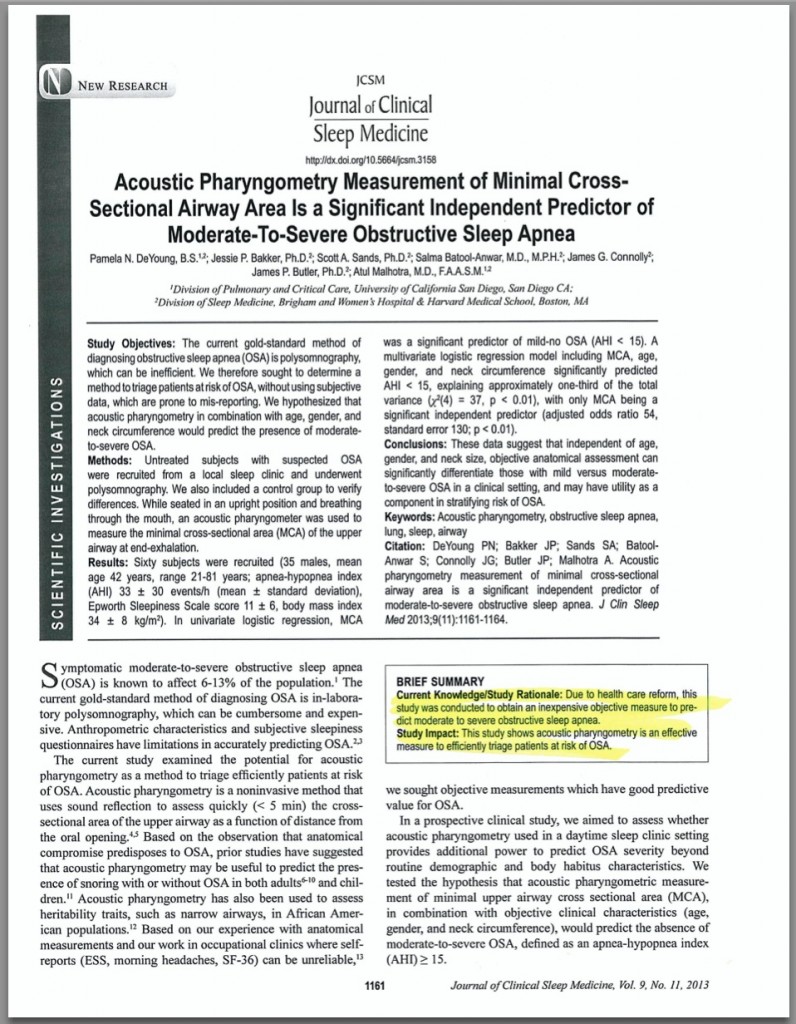DETERMINATION OF THE CORRELATION BETWEEN THE SEVERITY OF OBSTRUCTIVE SLEEP APNEA AND PRIMARY HYPERTENSION BY USING ACOUSTIC PHARYNGOMETRY
Click to view the PDF Version Z.U.M.J.Vol.20; N.1; Jan; 2014 Samer Badee a , Naslshah Kazem a , Hesham Khalid b a Department of otorhinolaryngology, Faculty of medicine , Benha University, Egypt b Department of Cardiology, Faculty of medicine , Benha University, Egypt ABSTRACT Introduction: Obstructive sleep apnea…


